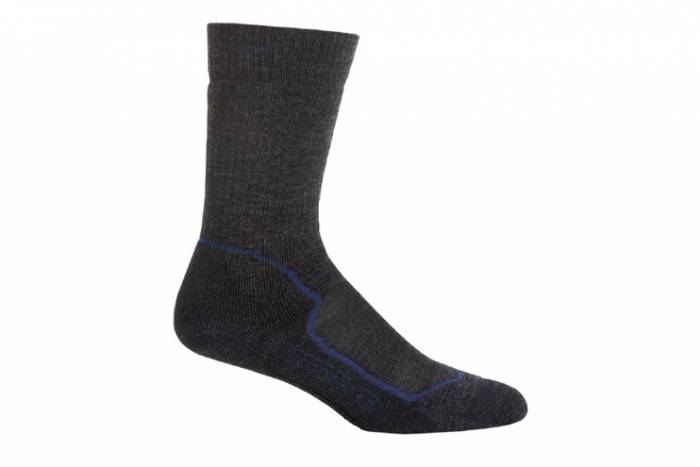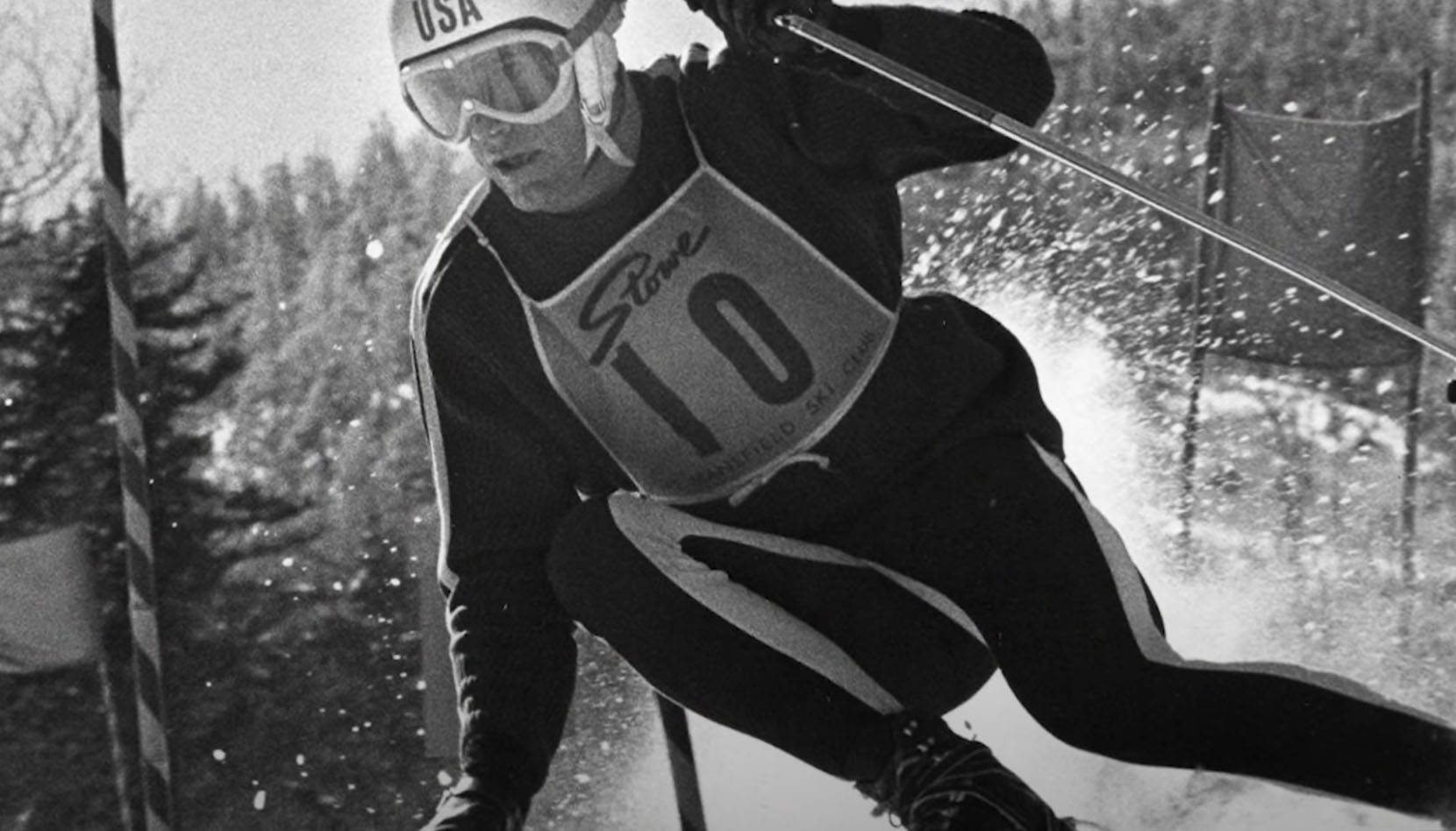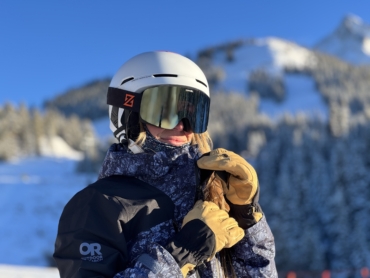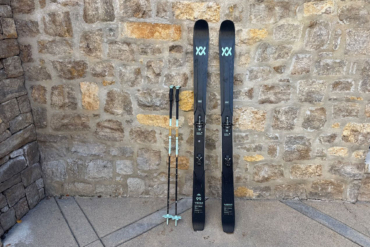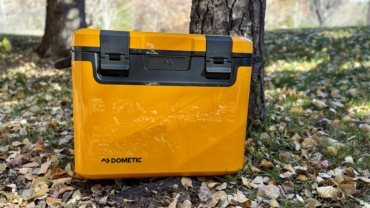It’s relatively easy to safely and comfortably go camping in the summer months. But a winter camping escape, yet more daunting, can also be more rewarding.
The entry burden to winter camping is a little bigger, and there are some necessary skills you must master. If you choose to venture out into the great outdoors during the chilly winter months, the memories are sure to last a lifetime.
Still, it can be intimidating to get started, but this winter camping quickstart guide is here to help you get outside safely this winter.
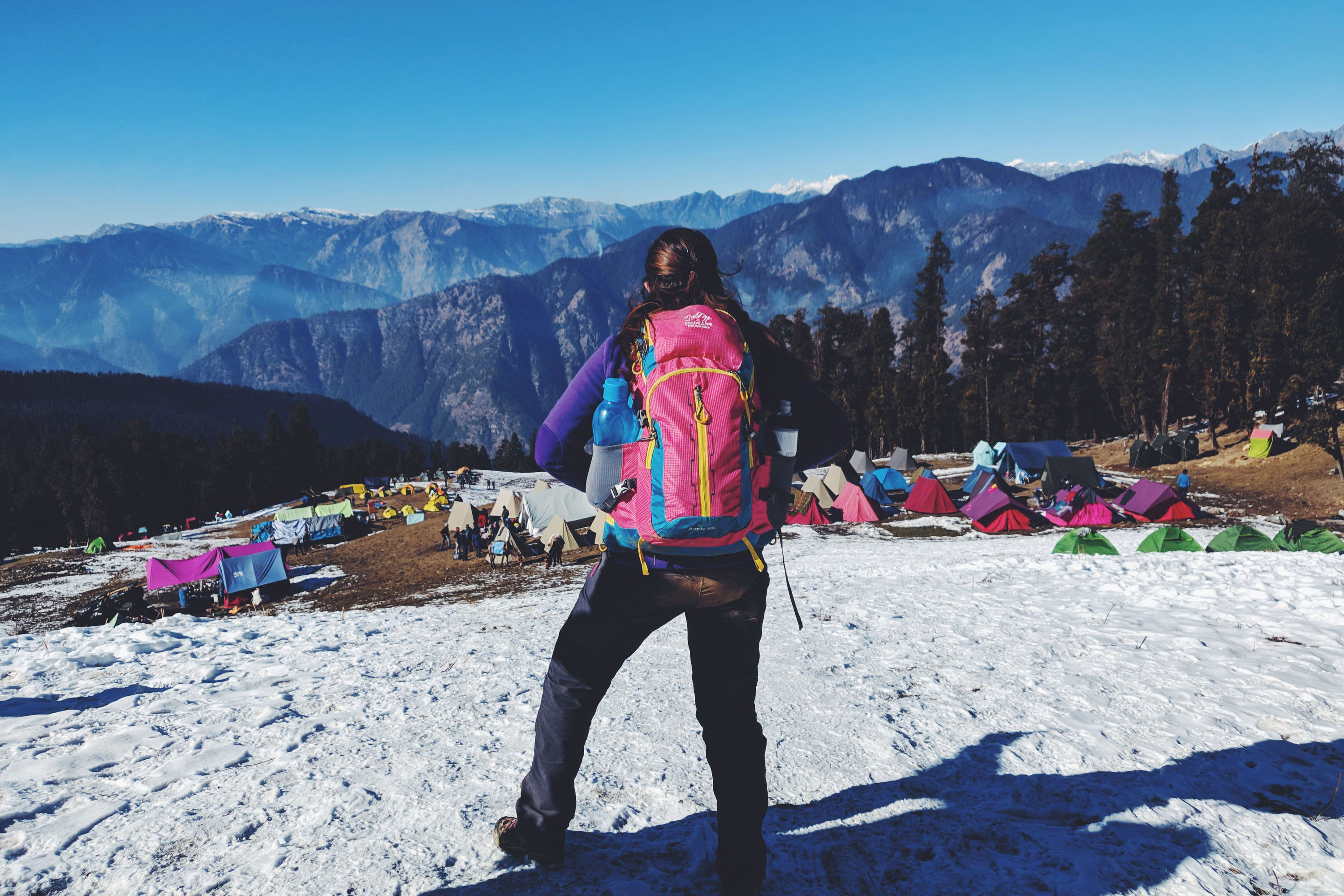
Winter Camping Gear
Arguably the most important aspect of winter camping is making sure you’re well-equipped to handle long days outdoors during the coldest months of the year. Some of your summer camping gear may work in winter, but there are a few items to upgrade for staying safe and comfortable during the colder months.
Snow-Specific Tools
It’s wise to ease into winter camping by staying close to the road and even utilizing your car as a tool if needed. Half the fun of winter camping is reaching your campsite.
To reach the darkest, quietest, most beautiful corners of winter wilderness, you will need snowshoes or cross-country skis to move through deep powder snow. Depending on distance and terrain, you will need to either carry your gear in a backpack or pull a sled behind you. Each method has its pros and cons.
Additionally, a small packable shovel is an irreplaceable tool when winter camping. With a shovel, you can excavate a place for your tent, build up walls for protection from the wind, and even create your snow kitchen and fire pit.
As you become a dedicated winter camper, you can even use your shovel to build surprisingly warm and comfortable shelters out of the snow, allowing you to forgo having to carry a tent. Playing in the snow is undeniably one of the highlights of winter camping, so be sure to take full advantage of the blanketed landscape and dampened sound while enjoying the winter wild.

Winter Camping Tent
In some winter camping scenarios, a reliable three-season tent can do the job but may need some slight modifications. However, you may want to consider graduating to a four-season tent for more extended expeditions or trips to incredibly windy or snowy environments.
Regardless of your winter camping tent body, it’s critical to have a footprint or tarp underneath during the winter months to keep the interior dry. (Tarps are also great to have if using a hammock as a shelter.)

Winter Sleep Gear
Staying warm at night is arguably the most critical component of winter camping, and this comes down to having the proper gear. An insulated sleeping pad is vital to staying warm at night, and this should never be skipped when winter camping.
Your sleeping pad creates an insulating layer between you and the cold snow underneath. Either a foam or inflatable pad will do the trick.
When it comes to sleeping bags, upgrade from your summer bag for a cold-weather-specific bag. Depending on where you’re camping, you will need a sleeping bag rated to a temperature threshold from 20 degrees Fahrenheit down well into the negatives.
Consider where you will be camping and use a sleeping bag rated below the lowest expected temperature. Synthetic-fill bags will be a bit heavier and bulkier than down alternatives but will still insulate when wet. Choosing between the two bag options will come down to personal preference.

Winter Clothing
Another key to comfort while winter camping is packing appropriate clothing. Generally, this means dressing in layers and bringing extra warm clothes in case temperatures drop.
Additionally, wear a burly pair of waterproof boots to keep your feet warm and dry while trekking to camp and enjoying your temporary home in the wilderness. It may seem counterintuitive, but resist the urge to double up on wearing socks. Instead, get some warm wool socks (or if you’re cross-country skiing, some of these) and leave plenty of room in your boots to allow for ample circulation.
Winter Camping Tips & Tricks
Fun and successful winter camping excursions all come down to having systems and gear dialed. You will develop tricks of the trade with experience, but here are a few to get you started.
Time in the Sleeping Bag
On the coldest winter camping trips, plan to spend a considerable amount of time in your sleeping bag. Days are shorter (so don’t forget a headlamp or a camp light), and the cooler temperatures mean crawling into your cozy bag earlier in the evening than usual.
So plan on bringing books, games, and other activities to help you and your campmates pass the time. And remember, you never want to enter your sleeping bag cold (warm up with some exercise or by a fire before you turn in).
Staying Warm at Night
Staying warm at night is a big concern when winter camping. If your body generally runs cold, consider filling a water bottle with hot water before going to bed and holding it close to your core inside your sleeping bag or keeping it by your feet.
It won’t stay warm all night, but it will increase your comfort as you fall asleep. To keep it warm longer, wrap it in a spare pair of wool socks or a neoprene sleeve.
If you wake up cold, don’t just sit there! Do some situps, leg lifts, or other little exercises in your sleeping bag. This will increase blood flow and generate heat that will warm your body and help you return to sleep. Be sure to only do enough reps to warm you up, not to produce sweat.
Getting Warm in the Morning
Mornings are always difficult when camping, and they’re even more challenging in winter. Sleep with the next day’s clothes in your sleeping bag to keep them warm and make the transition a little smoother.
After you get out of your tent, go for a little walk or shovel some snow to generate energy and heat before returning to camp to make breakfast and a nice hot cup of coffee or tea.


